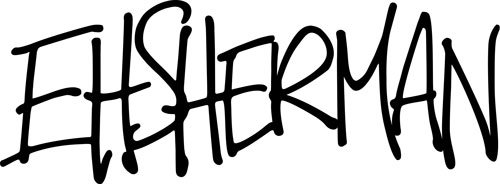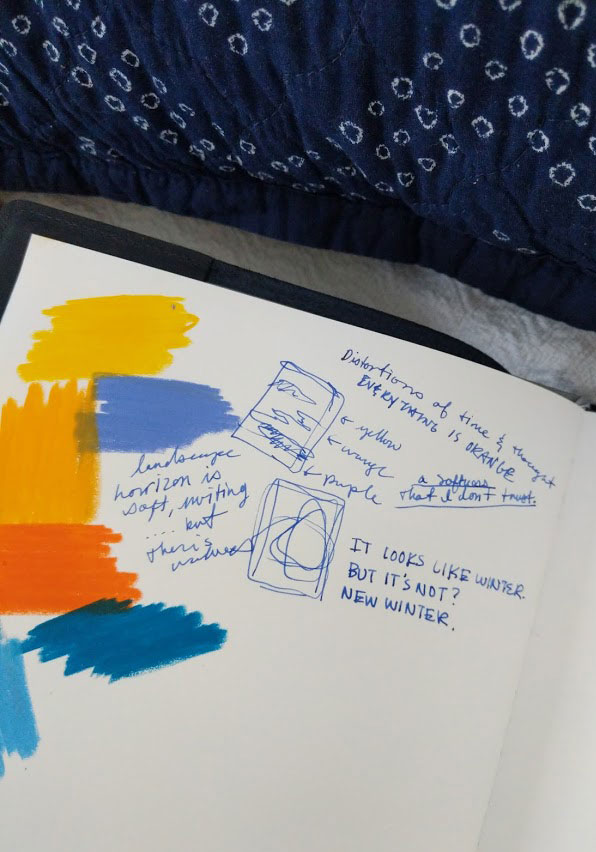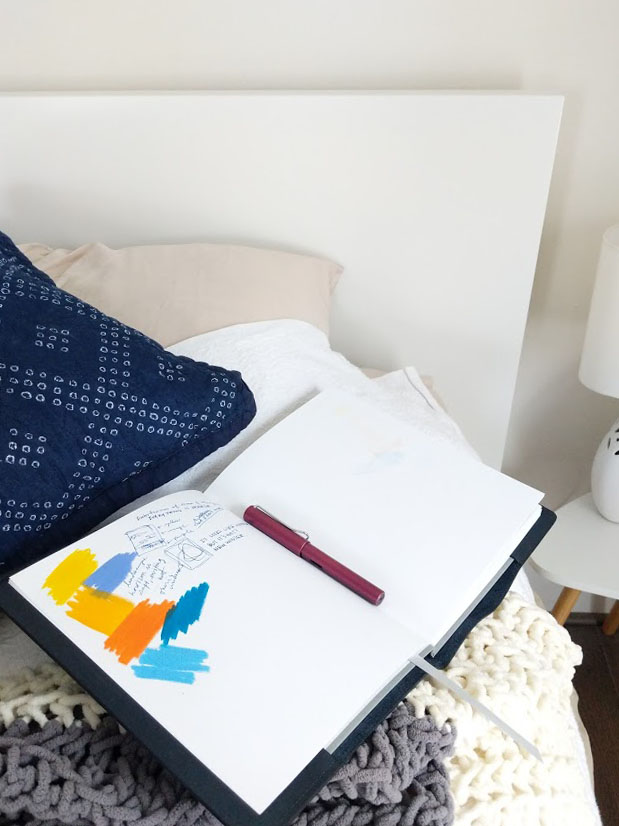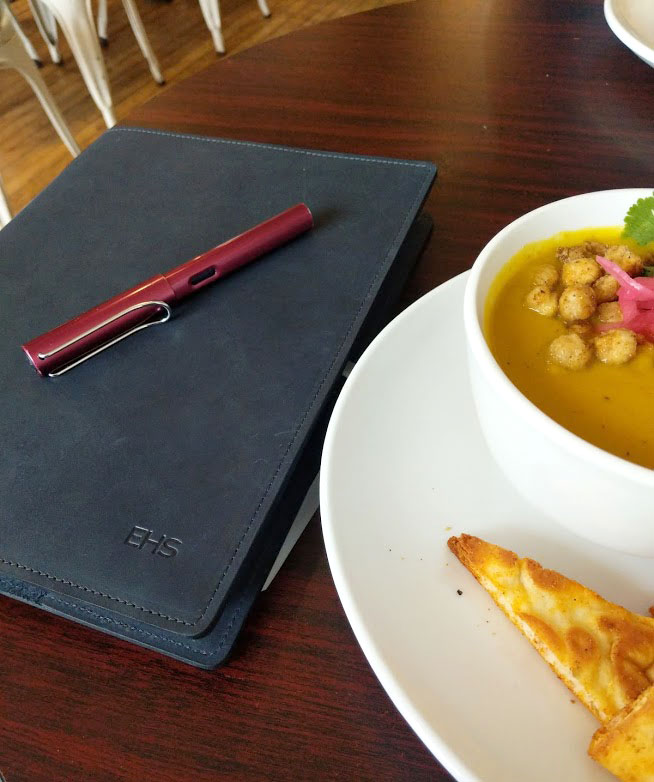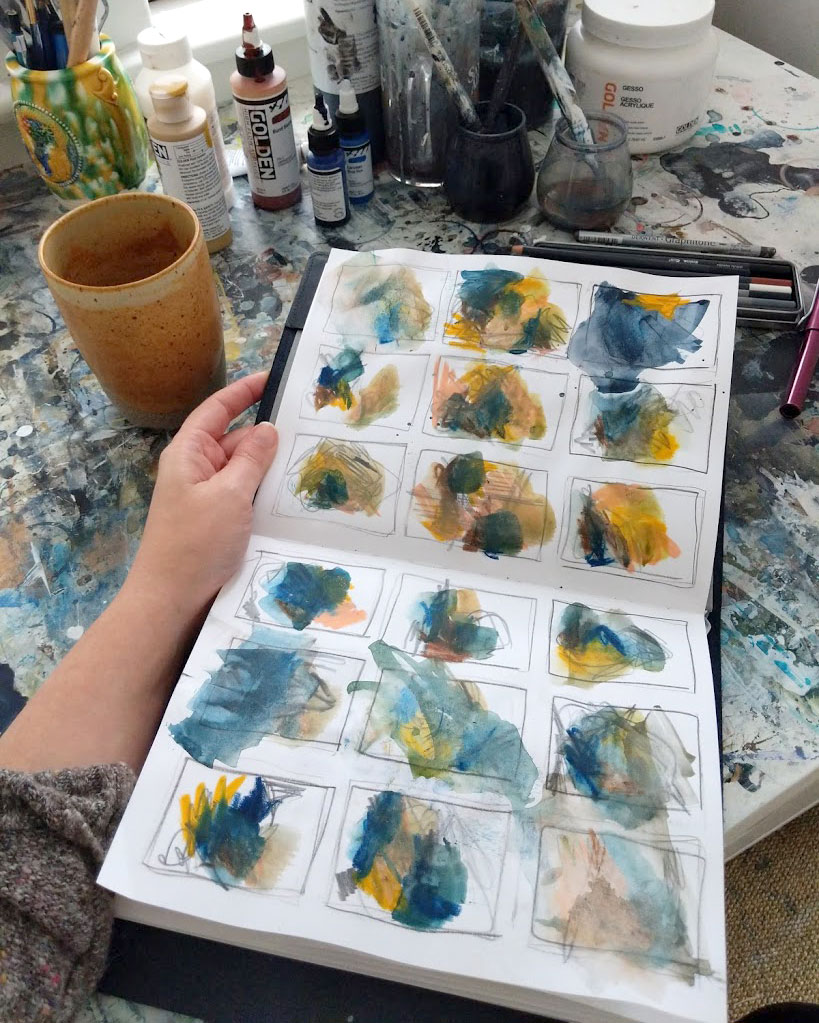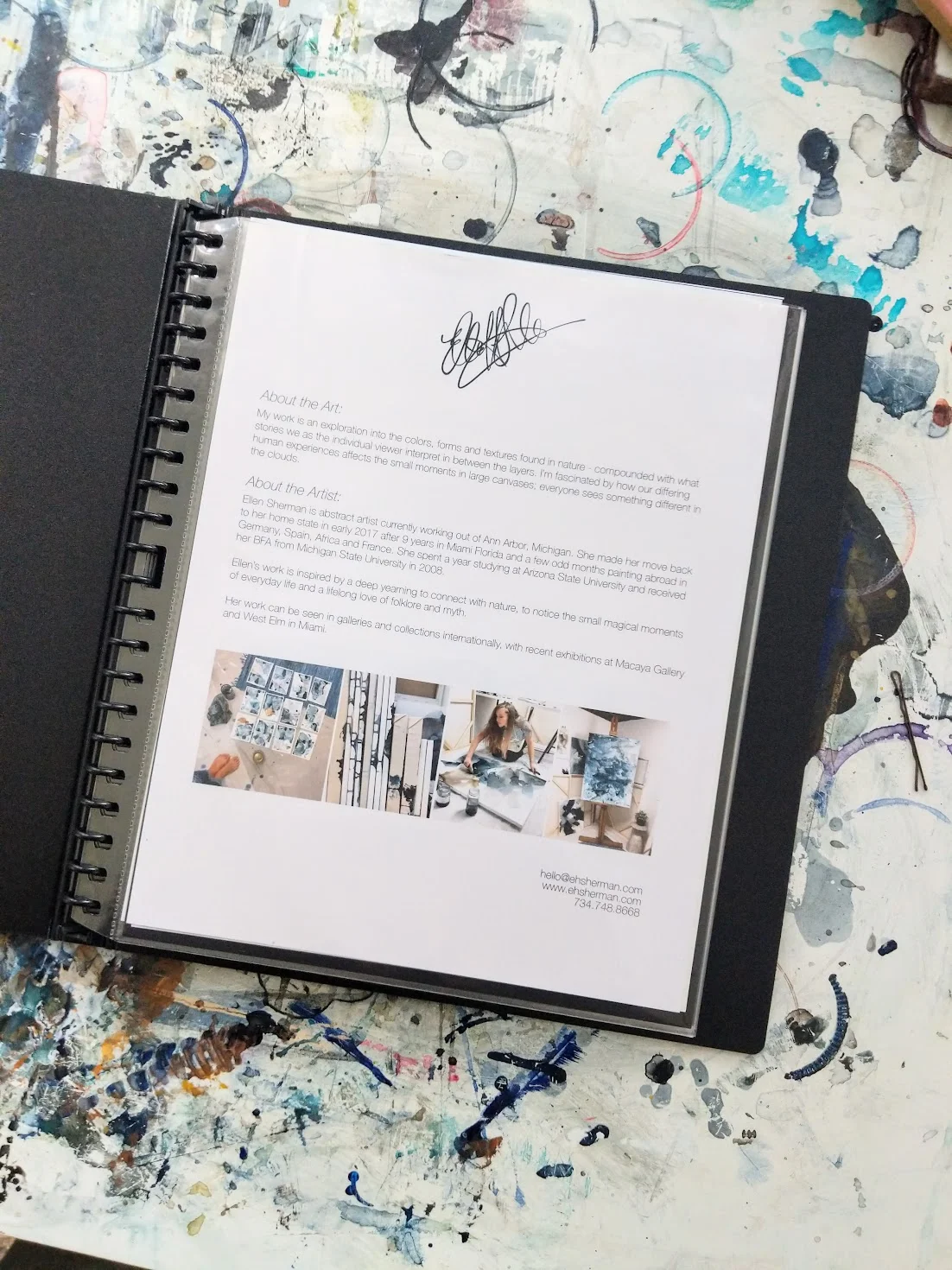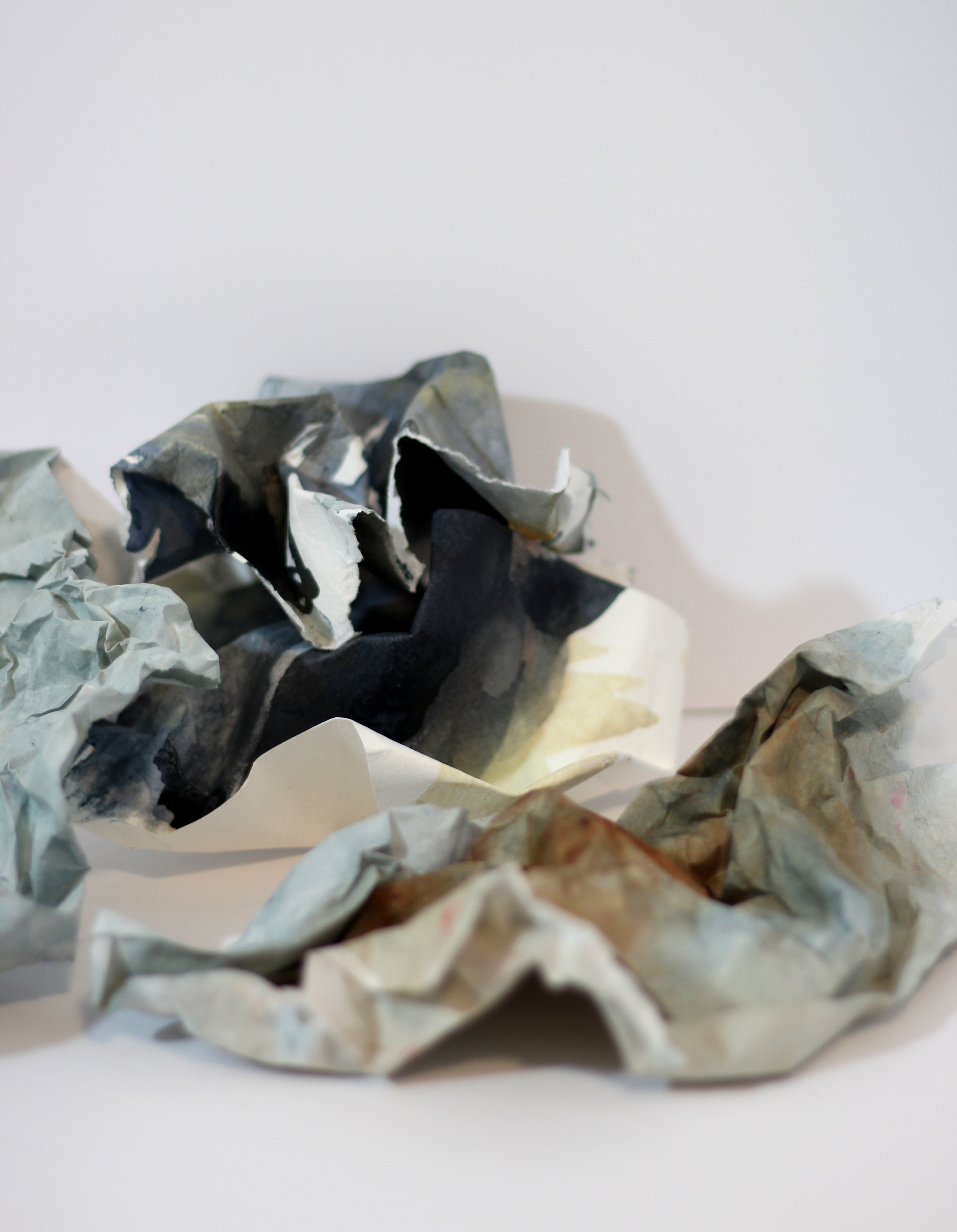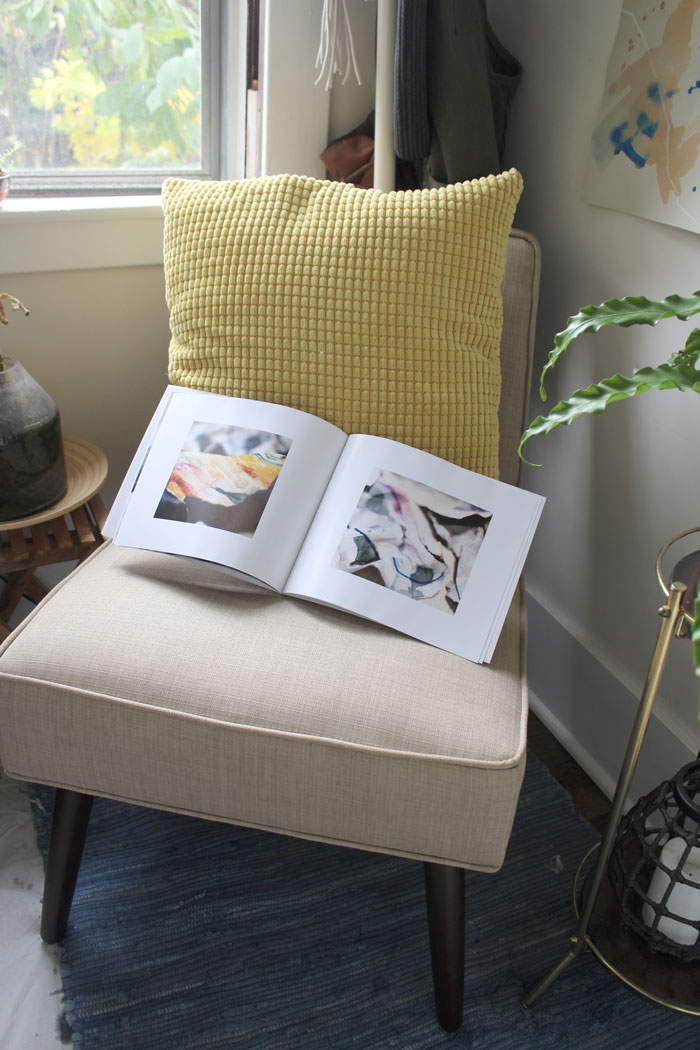Happiest of Holidays! Studio is on Break <3
Hi friends! Just a little note to say that I’ll be taking more time off this year for the holidays and thus will be changing the schedule around a bit. Don’t fret, there’s still plenty of time to order before the holidays, this will just serve as an overall PSA for time line purposes <3
Here are the changes:
Commissions:
Closed until January 7th (but feel free to send me a message if you have a project in mind and I can give you more info on scheduling for 2019!)
Shipping:
Orders placed during the week will ship out on that Friday morning. I usually ship between 24-48 hours of payment clearing, but spent so much last year going back and forth to the post office that I missed out on a lot of time with family in from out of town. I can still process rush orders if need-be, so leave me a note when checking out if that’s something you require.
Full Studio Shut-Down:
First time ever! I’m actually fully closing up shop from December 22nd - January 7th. No studio assistant to help while we’re away, or weekly check-ins… this artist is taking some real time off to be with her family. (I’m actually going to set an out-of-office/studio email!)
I really hope these adjusted hours/schedules don’t put anyone in a bind to get art - but I cannot tell you how much I’m looking forward to spending some real time with family this year. I absolutely love what I do and I am so, so grateful to everyone who has purchased, encouraged and supported me in my career, thank you all for helping this to happen.
Wishing you all a warm and wonderful holiday season <3
A Day in Life of my Sketchbook; featuring The Mercer Refillable Sketchbook from SLATE COLLECTION
Thank you to SLATE COLLECTION for kindly sponsoring this post. All opinions are 100% honest & completely my own.
One of the most important parts of my art practice is my sketchbook. (If you follow me on instagram, you’ve probably gotten that impression already.)
My paintings are an aggregate of so many different inspirations; contours of flowers, the colors of leaves on a run, words that stay stuck in my mind, patterns on the water, rhythms in remembered landscapes… all of these factors inform my work, so it is crucial that I have a sketchbook with me literally at all times, to record all of these.
Keeping a sketchbook is a discipline I cling to, rely on and owe much of my current practice to.
Currently I’m using the Mercer Refillable Sketchbook by SLATE COLLECTION and I’m in love with it. The cover is soft and supple (and in the case of my book, my favorite color; INDIGO!) and yet incredibly sturdy. I put my supplies through a lot, and it has held up beautifully.
How I use my sketchbook;
I get a fair amount of questions about my process when it comes to keeping a sketchbook, so I thought I might break down a typical day in regards to my sketching habits. I’d love to hear about your sketching routine too, make sure to leave a comment so I can learn about your practice!
7 am; Wake up (slowly, I’m awful at shaking sleep!) and quickly record thoughts from dreams, or colors that creep into my pre-dawn thoughts.
These are small notes generally, unless I’ve had an amazing dream, or spent the morning lying in bed visualizing a new series. It’s important for me to have a sturdy sketchbook, as I don’t sleep with it, but if I’m scribbling notes during the night, it can get caught in between the bed and the frame pretty regularly. The Mercer is both thick and rigid enough that this isn’t a problem.
9 am: Back from my run, I’ll write down thoughts that I’ve mediated on, colors from our local landscape, lyrics or moments from the music that empowers my run, and I’ll start to make plans and notes for the day ahead.
(This particular morning was spent watching a few busy squirrels outside my studio window. I put the pencil on the page and dragged it around according to the squirrels movements. Like a little treasure map to their buried nuts.)
11-1 pm: Errands and meetings! I make notes in my sketchbook of orders that need to go out that day and any supplies that I’m low on. Since I’m already out and about, I try to schedule meetings and meet-ups around the same time (and, Ann Arbor has such great food that lunch meetings are automatically THE BEST). My sketchbook is in tow for all of this, acting as a list for supplies, and as a mini portfolio if I’m meeting with a client or gallery space.
2-3 pm: My favorite part. Unless I’m knee-deep in other paintings, this is my project time; when ideas take form and the next paintings in a series starts here. Here is where I distill morning sketches, break apart words that have been stuck in my head, examine memory, color, and make thumbnails.
These can be super clean, super messy, made with lots of types of paint, or just pencil - so it’s important to me to use a sketchbook that is multi-purpose. Paper that is too thin will tear with water, paper that is too thick feels too final and I’m less likely to get deep into the experiment phase. I’m looking for a quality paper that can take a few layers of exploration, and the pages of this sketchbook (Mercer Refillable from SLATE COLLECTION) are perfect for that.
Once I’m confident in the idea, the movement and color scheme of the piece transfers from my sketches to canvas as I begin to create the painting. If I’m not totally feeling the pre-painting sketches, I’ll just keep exploring the composition and colors in thumbnails until I feel like I’ve got a better handle on the message I’m trying to convey. Or, the idea gets scrapped / shelved for tomorrow and I’ll come back with fresh eyes.
10 -11 pm: A slow unwind. At the end of the day, orders shipped, progress made on paintings, space (relatively) clean, I like to take stock of the last 16 hours and make sure if any thought is still rattling around upstairs - that it is written and/or sketched out for tomorrow. I’ll use this time to journal in my sketchbook a bit, reflect on things from the day or the days to come.
Keeping a sketchbook and being disciplined about the process is a huge part of my practice, and using the Mercer Refillable from SLATE COLLECTION has been the perfect book to use for this. If you’re an artist looking for a new sketchbook (refillable too!) check out their books. And if you know an artist, none of us is ever upset at a new sketchbook for the holidays!
What sort of sketching schedule do you keep? Is it a daily activity or more of when the mood strikes? I love looking at other artist’s sketchbooks and hearing about their process - feel free to share your habits below!
Happy sketching friends!
Art Studio Renovation - Finished (for now)
I am SO. HAPPY. to be back in the studio.
It’s been weeks of projects scattered throughout our house, a few in our friend’s houses, and many sketching sessions at coffeeshops - but I’m finally back in my dedicated space.
I’m hoping to film a little walkthrough soon, but here are a few photos of the process until then.
Everything in my studio is now in the living room. Yikes.
The house is from the 1880s, so there’s LOTS of work that needs to be done. Window replacements are first priority - it’s cold!!!
New windows are in! Time to freshen up the paint. This eggshell warm white is not cutting it for me.
This is the new EVA foam flooring that will cover the studio. I work on the floor most of the time, so having a bit of extra padding as well as protection for the floor is something I’ve been hoping for. It’s like sitting on an extra thick yoga mat, makes a HUGE difference when working for hours down here! Much cheaper than leveling our INCREDIBLY slanted floors, it also gives my furniture on wheels a place to stick.
It’s late, but I’m happy as a clam. My soul is at ease when painting, doesn’t matter if it’s walls or canvas.
We had a little bump of a light up there, and I was hoping to find some directional light instead. I picked up this fixture at Home Depot and it’s perfect.
First look on the next morning! I LOVE how the cool white paint and white floors brightens up the room!
These are my grandmother’s ancient poinsettias. I inherited them when she passed away and they are my favorite studio friends <3
The final piece - the white board from my sister. I use this to keep track of projects, plan paintings, brainstorm for articles and just to keep track of all the things on my plate.
First night in the renovated studio. Here’s to many more!
Thanks so much for following this journey of mess-clean-bigger mess- finally organized! I’m thrilled to be back in my space and sitting much more comfortably <3
Why I keep a physical portfolio (and why you should too!)
Being an artist in this digital age is nothing short of amazing. I can send photos to galleries and customers across the world in the blink of an eye, swap stories and ideas with artists I’ve never met, have a image gallery of my current work accessible at a moments notice, and sell my work via a small metal box filled with chips and screws. Maintaining a digital presence has been an integral tool in my art practice, and being online has opened so many doors for my work.
But not everything is online.
It’s important to have some physical records of our work too. Things we can hold in our hands, share tangibly, and have a real face-to-face conversations over.
One of these things is my actual, printed, physical portfolio.
Why I Use a Portfolio (instead of pulling up my website)
The experience: I like books. I love my kindle and do *most* of my reading digitally nowadays - but certain, special books demand a physical copy. I can’t read Tolkien on a screen. Flipping through actual pages, holding the object in my hands is a different level of interaction and it gets stored slightly differently in my memory. This translates to using a physical portfolio - I can share it with customers, refer to it during gallery meetings, pull it out for open studio nights, have it on a table during art shows, and yes it’s more-or-less the same thing as having a screen up with my website - but a book is experienced differently.
It allows the viewer to flip through it at their own pace, no digital navigation to contend with and lets them have a more personal interaction with my work.
For my records: I exist in a constant state of organized chaos. My studio is *usually* a mess, but I know where everything is. My work is spread out around the house, a storage unit, galleries and venues, and in private collections. I have a mental list of where some of my favorite pieces now live, but it can get muddy with new collections and new shows. My website changes and updates frequently enough that keeping a dedicated “favorites” corner doesn’t really make sense - even if it’s just for my own records. Enter, my portfolio. In addition to being a book that showcases my best work, it also serves as a physical collection of some of my favorites. When i finish a painting that I feel is particularly strong, or answers a question that’s been hounding me for awhile - I photograph it, print it and load it into the portfolio. Depending on page count I’ll either replace something older, or add a new page. What results is a book that I am proud of, that serves as a reference for me personally.
How I made my Portfolio:
I debated about getting one printed and professionally bound and all that fancy jazz - but realized I change and update it too frequently for that to be a financially sound choice. So I picked out a slim, black classy binder with tight spiral binding and nice shiny page covers. For each page I added a sheet of black card stock, one to add some thickness to the page and two for giving each printed image a black border.
I printed my images on thick, semi-gloss paper and then laid them out on the table to select an order. I followed the rule of best images first and last, with favorites and notable projects making up the middle section. I tried to find a pleasing flow of movement and color - something that would be interesting to flip through. (To see a video of the flipping through head over to my IGTV!)
Tips to make your own:
Gather your images! Once you have a good collection of 15 - 20ish, find a trusted friend or mentor to help you narrow then down. For books like these (designed to be a summary of work) I like to keep it at 12-14ish - not so many images that it’s overwhelming, but enough to give a good idea of my work.
Pick your form factor. I went with an 8.5 x 11 book, though I almost picked an 11 x 17. In the end, I decided to go a little smaller for portability - but I love the look of the bigger books.
Gather your materials! Get your images printed, or purchase the paper to print yourself. I don’t use super fancy paper for this, just something that looks professional, reproduces the colors well and is relatively thick. Archivability isn’t a huge concern here, this is just an overview of my work - nothing I’m going to turn around and sell.
Make a cover page! Use this as an introduction to you as the artist and your work. Think of the book on a table at an art show by your paintings, but you’re talking to a guest across the room. What do you want them to know? I include a bit on my process, my statement and my contact information. It speaks for me when I can’t.
Consider a price page! At the very end of the book I have a page with titles, sizes, mediums, availability and depending on the event - prices. Sometimes I leave the prices out, sometimes I add them in - just depending on where I’m at.
Do you keep a portfolio already? How do you use yours in your practice? Also if you have any tips for artists just starting theirs I’d love to read them!
Giving Form to Idea with Blurb
((This is a sponsored post. But rest assured, I only work with companies that I really like and would absolutely recommend even if it wasn’t sponsored. Happy reading! ))
Have you ever had an idea that just circles in your periphery, pops up occasionally to say “hey! I’m still here! Work with me!” but you haven’t found the right way to give it form?
That was me for a few years with this one tiny, but exciting thought that I just couldn’t shake.
I was on a plane that was heading towards Santiago, Chile. The pale gray fog laid heavy over the Andes as we descended, burning into vapor in the sunlight and obscuring the land in the shadows.
Undulating color and pattern stole my breath and I took a gratuitous amount of photos out of the teeny window. In addition to it’s raw, abstract beauty- I was struck by how much it looked like my desk, covered in balled up paintings.
That was 2015 and I’ve been collecting balled up paintings ever since.
It took me three more years of thinking about this moment, this spark that I found looking out the airplane window to finally find the form it needed.
I made a book!
I’ve worked with Blurb before on past book-making projects and I loved the process, so once it became apparent what this project needed to be - using Blurb for the creation was my go-to answer.
If you haven’t used Blurb yet, they are an independent book-making / self-publishing platform that makes it easy to design, produce, and sell all sorts of book and magazine projects (both print and digital!).
I started designing the book on paper (as I do with all things) making sure that my idea is fully explored and properly mapped out. I chose not to add words this time. I was speechless the whole time the plane flew above those mountains and I felt like adding words was untruthful to that moment I was seeking to honor. It would be picture book only.
Once I had a skeleton of the project together, I started photographing the paintings I had been saving for at this point, years, and started to think about the final layout. I picked a landscape (10 x 8) orientation and opted for a nice shiny softcover and premium matte pages.
One of the reasons I love Blurb is the number of tools I can use to access their platform and design my book. As someone who is very familiar with Photoshop and Lightroom, I really appreciate the ability to use these programs for exceptional creative control over the process. In this case however I used their service; BookWright to design the entirety of the project. It’s super straightforward and allowed me to think more about the content of the book while they handled the finer details of the creation.
Just about a week later, the book was in my hands!
It was exactly what I was hoping it would be. The paper was rich and smooth, the book had a beautiful weight to it and my photos printed perfectly. I was elated, flipping through the velvety pages for the first time; each one reminding me of a landscape from memory.
Thanks to Blurb for getting the ball rolling on this, I’m so in love with the final product. It is a creative weight off my back, finally being able to set this idea free in the form that felt right.
If you want to check out the book pop on over to the book page where you can flip through mine and purchase your own copy too. Or stop by their Book Shop to see the rest of their catalogue!
What about you? Have you made a book of your work before? What’s your favorite part of the process?
